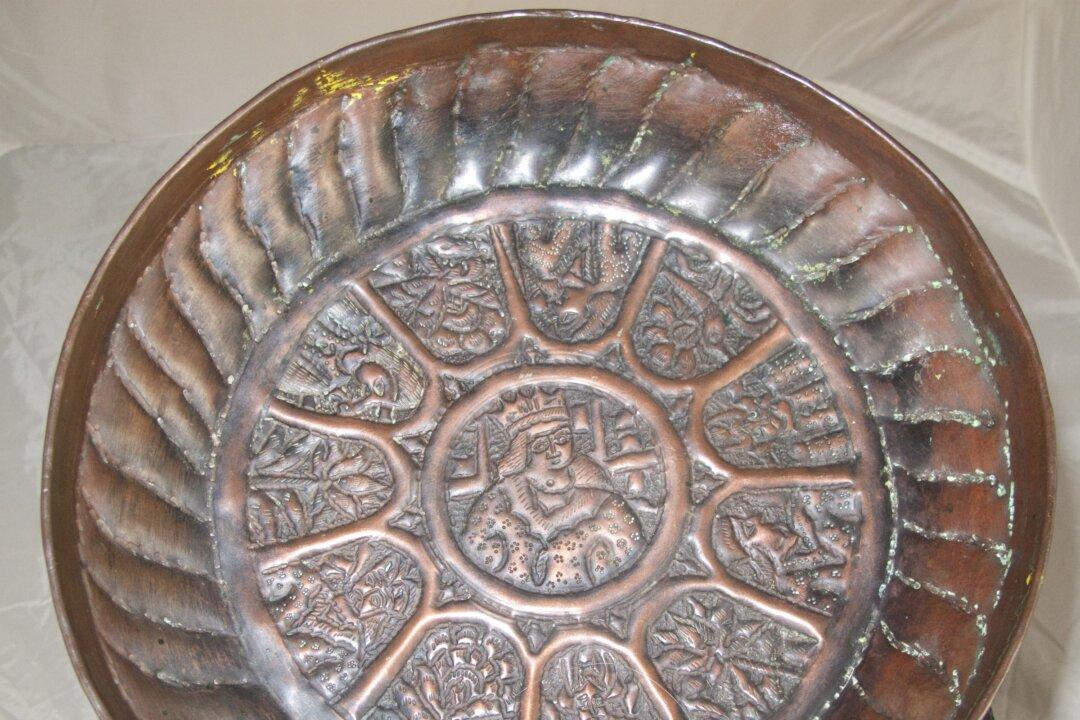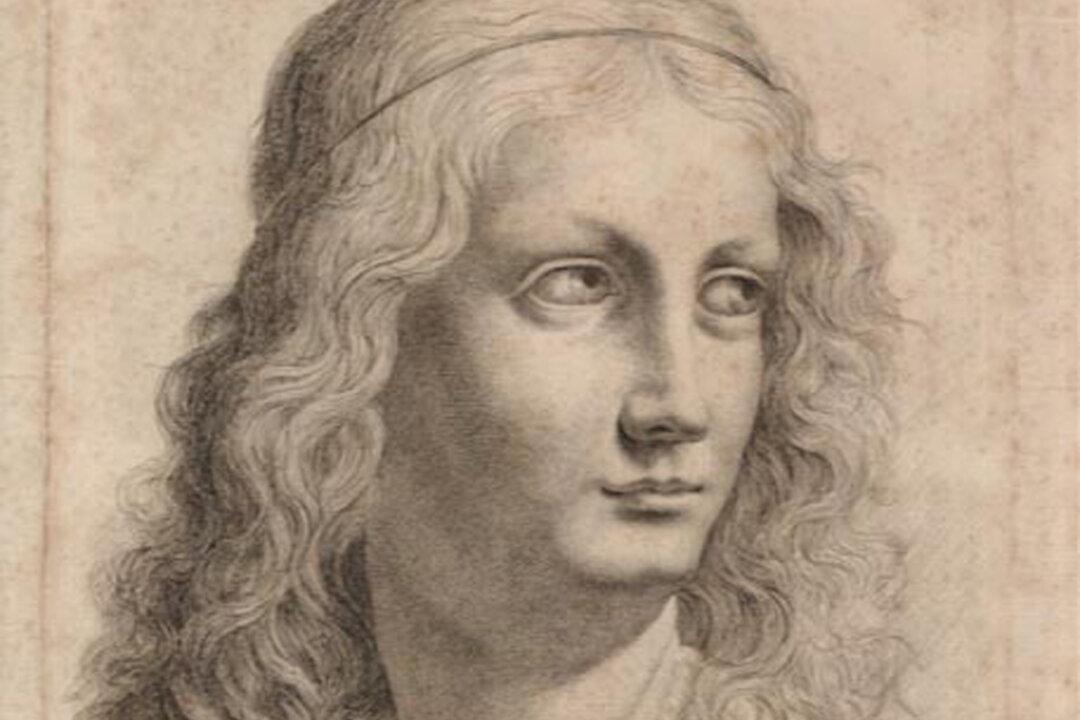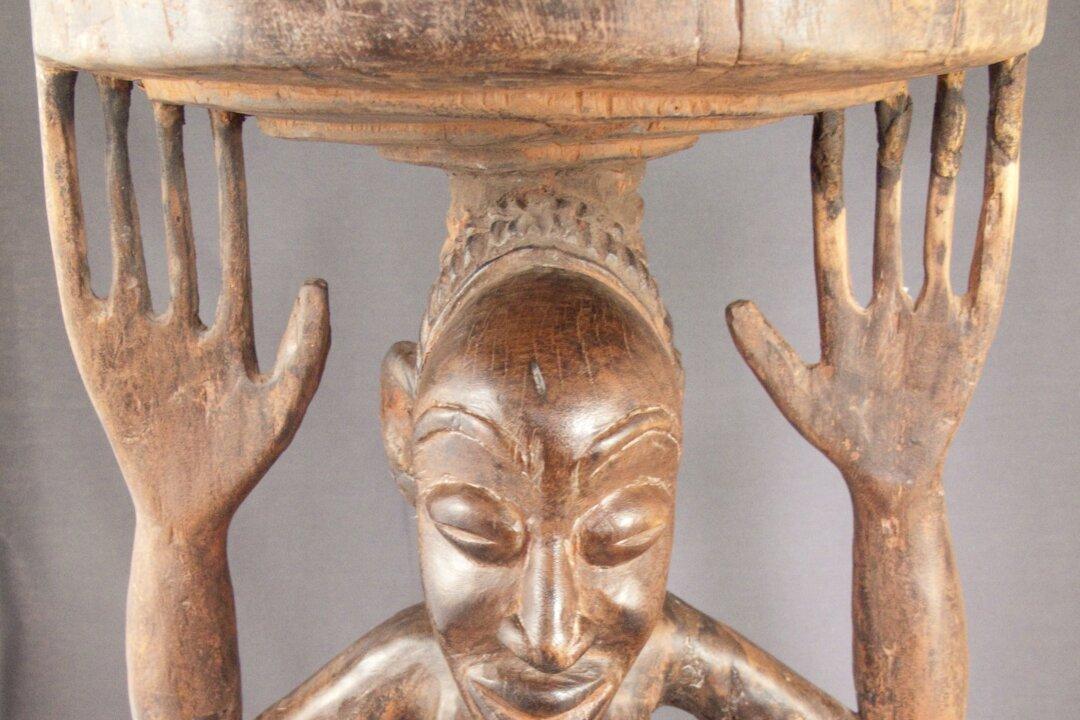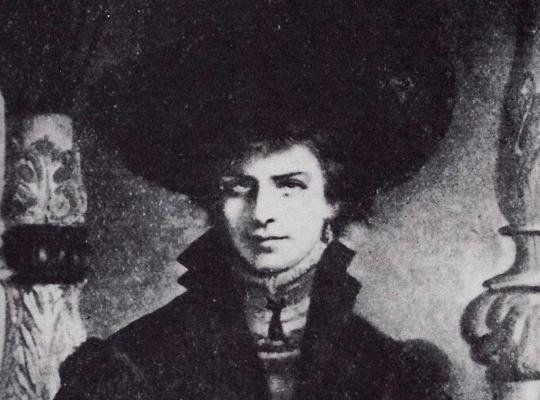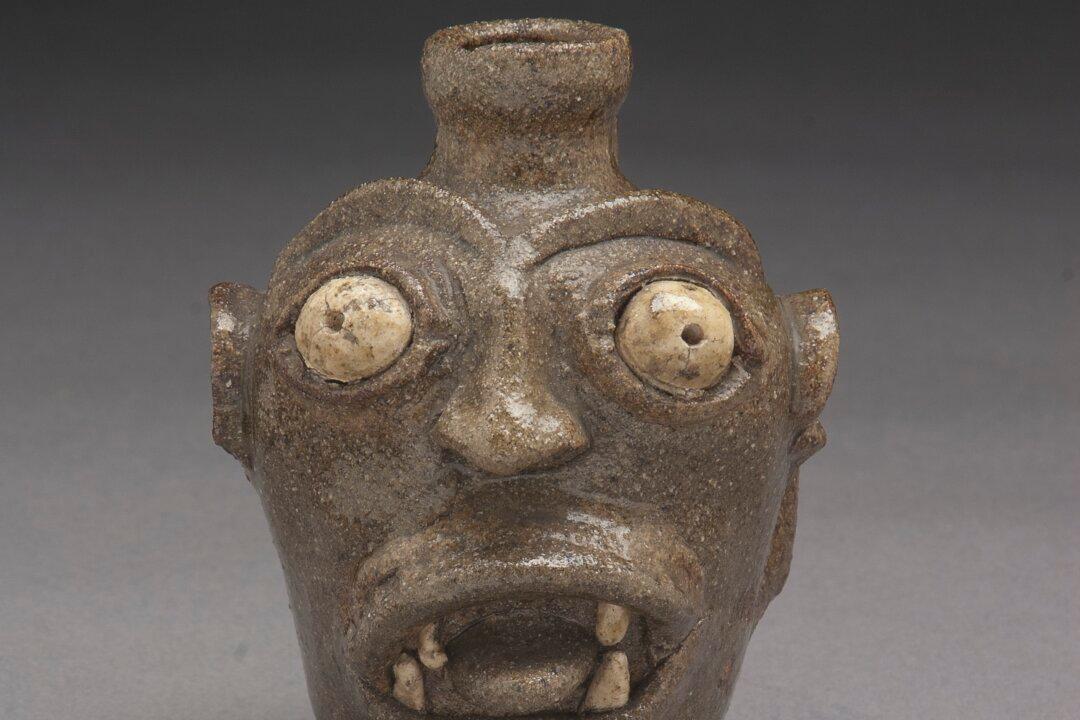Alms dishes are decorative metal bowls passed among the congregation during church services to collect offerings. Some, quite ancient, are still in use in many churches throughout Europe, and many can be found on eBay and in auction catalogs dating back to the 17th century.
In the early 1970s, a battered copper alms dish turned up in a bundle of clothes donated to an Oxfam shop in Gillingham, Kent, England. It is now known as the Gelingeham Alms Dish, after the earliest recorded name of this small town on the banks of the River Medway in northern Kent.

